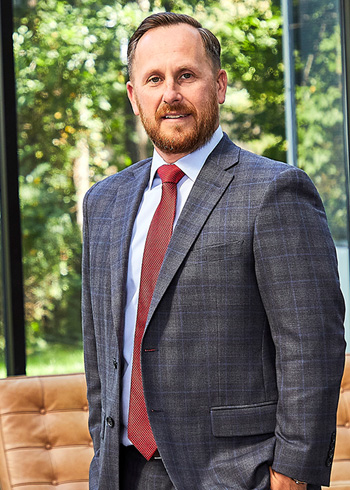In 2006, the National Highway Traffic Safety Administration released a report identifying “driver inattention” as the primary cause of 80% of automotive crashes in America, as well as 65% of ‘near collisions.’ The definition of driver inattention includes the use of devices like cell phones that divert the driver’s attention from the road. Distracting technologies have only proliferated in the 11 years since that report, and along with them a host of laws to combat distracted driving. As a responsible citizen, it’s important to know what is and isn’t legal when operating an automobile, in order to avoid distracted driving accidents.
What is considered illegal “distracted driving” in New York?
New York has two main distracted driving laws, one for cell phones and another for “portable electronic devices.” Under the cell phone law, two activities are made illegal:
- Any driver using a cell phone to participate in a call while the vehicle is moving on a public road
- Commercial drivers using cell phones to participate in a call while temporarily stopped on a public road for reasons like heavy traffic or stop lights (unless legally stopped on the side of the road)
Similarly, the portable electronic devices law prohibits:
- Any driver using a portable electronic device while the vehicle is moving on a public road
- Commercial drivers using portable electronic devices while temporarily stopped on a public road for reasons like heavy traffic or stop lights (unless legally stopped on the side of the road)
Are there any exceptions?
There are several exceptions to New York’s distracted driving laws. Drivers are allowed to make calls so long as they are using “hands-free” technology. Additionally, in an emergency situation, drivers are allowed to make calls or use electronic devices to communicate with the following people:
- Emergency response workers
- Hospitals
- Doctor’s offices or health clinics
- Ambulance companies
- Police or fire departments
What are the penalties for violations?
If you’re convicted under either provision of New York law, the penalties are the same, and they increase if you’re a repeat offender. To start, you’ll get 5 “violation points” on your license. Additionally, the court will assess a fine as follows:
- For your first violation, you’ll have to pay a fine of between $50 and $200;
- If you have a second violation within 18 months, the fine will still be at least $50, but could be as high as $250;
- For a third violation within 18 months, the minimum file is still $50, but the maximum goes up to $450.
Additionally, if you are a junior driver, a probationary driver, or have a learner’s permit and you are found guilty of violating the distracted driver laws, your license or permit will automatically be suspended for 120 days. If you get a second violation within six months, your license or permit will be revoked for at least one year.
If you have questions about distracted driving in New York, or if you’ve been involved in an accident where distracted driving was a factor, contact the auto accident lawyers at Nagel Rice, LLP.
